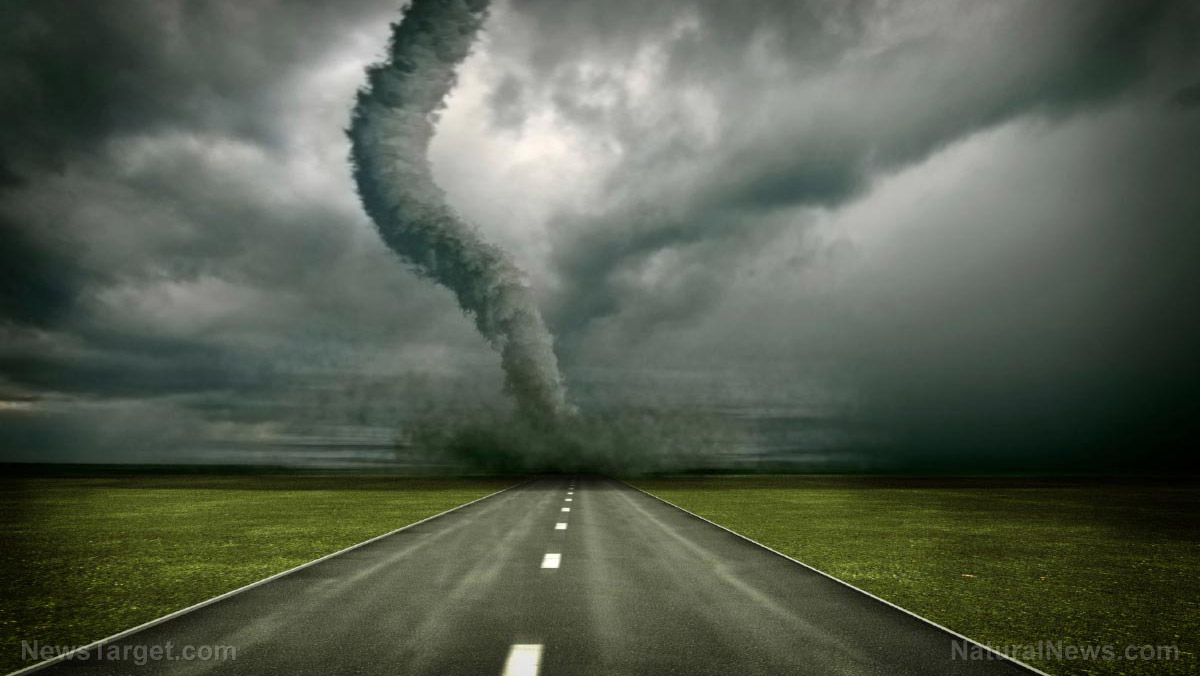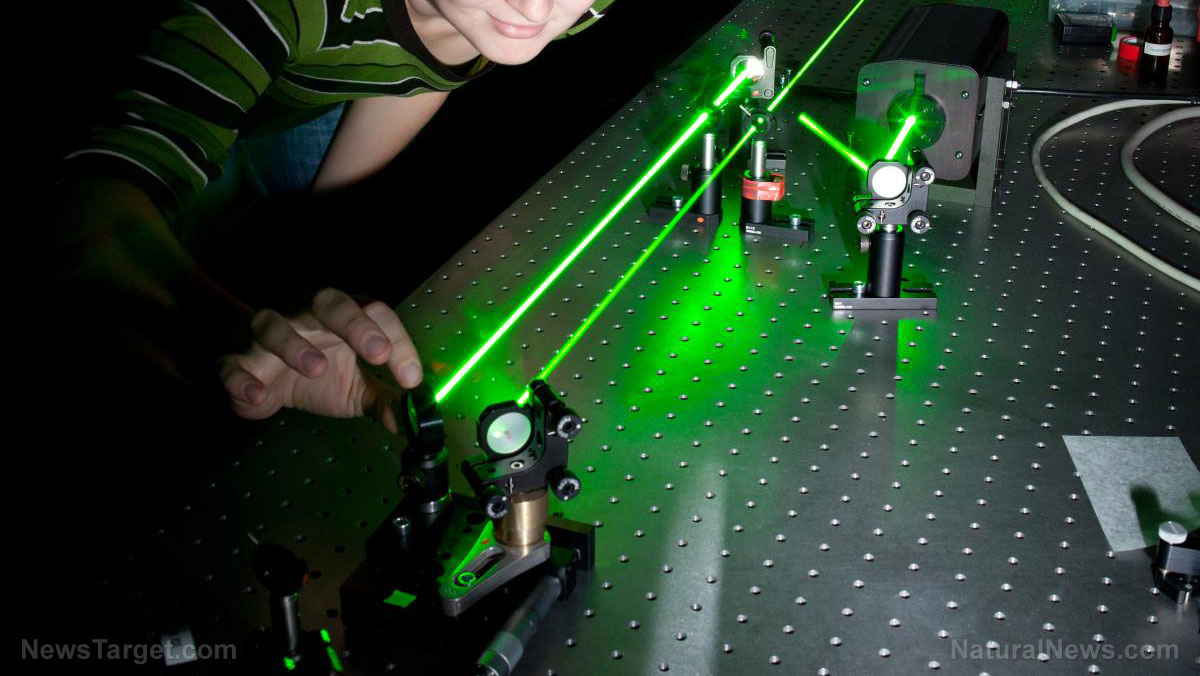New study says that tornadoes don’t drop from the sky – they rise from the ground up
06/17/2019 / By Edsel Cook

Lex Luthor from the movie “Batman v Superman” said that devils come from the sky. Now imagine him saying that tornadoes don’t come from the clouds – they actually come up from the ground.
This was the theory proposed by Ohio University researcher Jana Houser. She reported that detailed observations of four significant tornadoes in 2018 showed that the formations start their rotation near the ground instead of up in the sky.
A tornado is born from the rapid rotation of winds in a storm. Despite this knowledge, researchers can only guess the exact time when the spin kicks in. They also have trouble predicting if a storm will produce tornadoes.
An earlier radar-based study showed that 67 percent of tornadoes come from rotation in the skies that travel toward the surface. However, the radar unit suffered from a slow rotation rate – it took five minutes to complete one 360-degree scan of the horizon.
Houser deployed a faster-rotating mobile unit that scanned the surroundings twice per minute. Her results showed that tornadoes form within 30 to 90 seconds, too fast for the older radar to catch.
Still, even advanced radars have trouble looking for targets near the ground, even ones the size of tornadoes. At such low altitudes, the terrain disrupted the scans, making the data difficult to interpret. (Related: Factoring in turbulence leads to breakthrough in tornado forecasting, translating to increased warning times.)
Tornadoes might not form in the skies – instead, they rise from the ground
The Ohio study restricted its samples to four events: The large tornado that appeared at El Reno, Oklahoma on May 24, 2011; two smaller formations near Galatia and Russell, Kansas on 2012; and another one at El Reno on 2013.
The 2011 El Reno tornado ranked as one of the most destructive examples in terms of the damage it inflicted. Houser and her colleagues witnessed the natural disaster live – and because they emplaced their mobile radar on a slight elevation, they collected excellent data at low altitudes of 50 feet (15 meters) above ground level.
All four tornadoes came from supercell storms. Each whirlwind differed in terms of strength and effect. The 2011 El Reno event measured five out of five on the Enhanced Fujita (EF) scale, the 2013 El Reno tornado rated EF3, and the pair in Kansas were EF1.
After going over their data, the Ohio researchers reported that not a single one of the tornadoes formed in the sky. An unrelated researcher visually spotted and recorded the funnel cloud of the 2011 El Reno tornado forming near the ground shortly before Houser’s radar picked it up.
Researchers suggest using pre-storm data to create computer models for tornado warnings
Earlier studies developed many theories on the formation of tornadoes by looking at numerous examples. In comparison, the Ohio researchers covered four tornadoes, but the quality of their data made up for the small size of their sample.
If tornadoes always formed near the grounds, the standard tornado forecasting technique of evaluating radar data of the clouds would still produce late results. Researchers need a faster, more accurate, and reliable method of predicting tornadoes.
Houser suggested taking data several hours before the storm and running it through weather simulation programs to make a computer model. Forecasters would run the virtual version of the storm to see if it generated tornadoes.
When the real storm arrived, the researchers would compare it with their model and look for the signs of tornado formation. Such an approach would increase the accuracy of tornado prediction and forecasting.
Sources include:
Tagged Under: breakthrough, discoveries, discovery, forecasting data, natural disaster, natural disasters, radar, research, storms, tornadoes, weather forecast, weather prediction, weather research, weather science
RECENT NEWS & ARTICLES
Physics.News is a fact-based public education website published by Physics News Features, LLC.
All content copyright © 2018 by Physics News Features, LLC.
Contact Us with Tips or Corrections
All trademarks, registered trademarks and servicemarks mentioned on this site are the property of their respective owners.

















